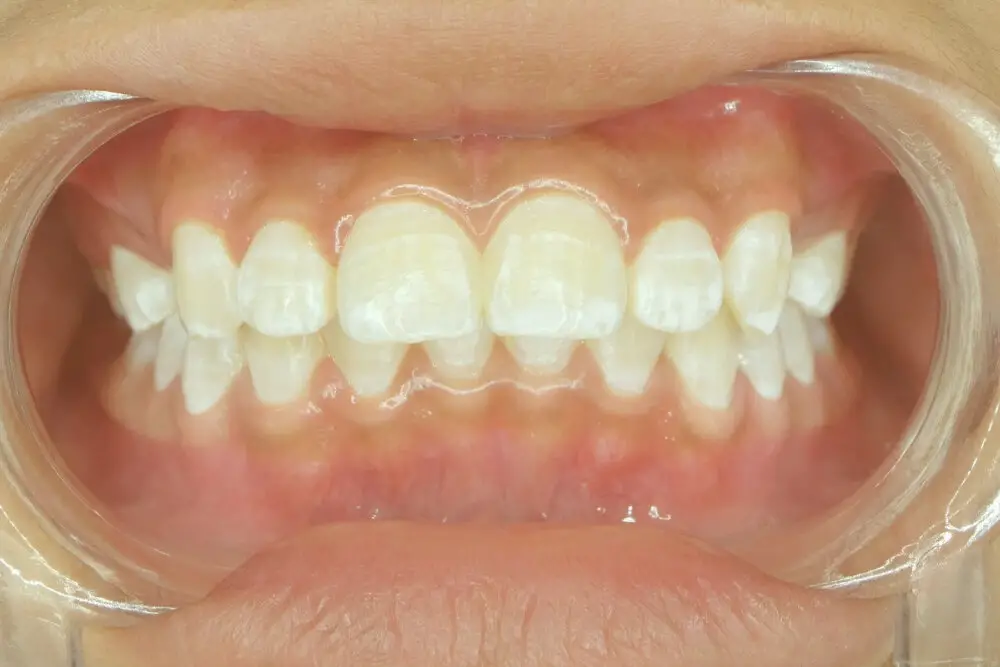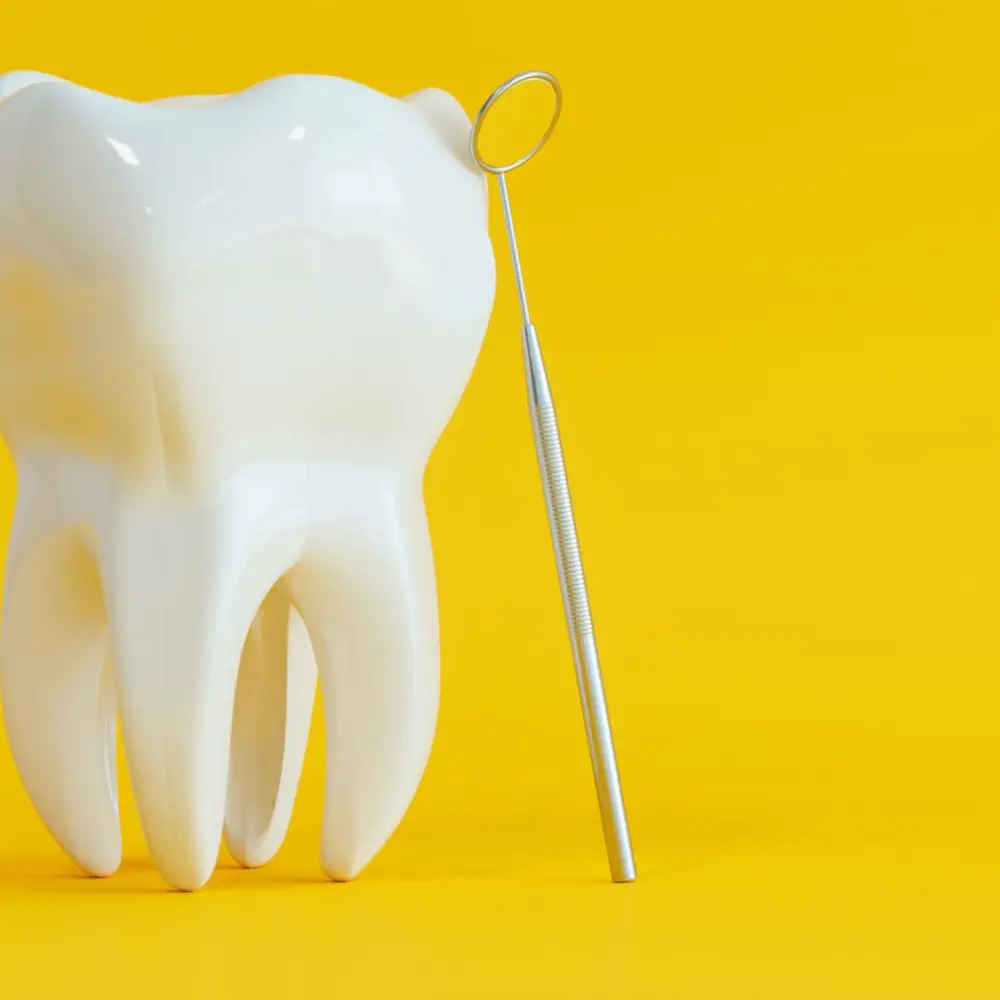When Do Kids Start Losing Teeth? A Comprehensive Guide to Understanding the Timing and Process of Children’s Tooth Loss

As a parent, you may have wondered when your child will start losing their baby teeth. It’s a natural and exciting process that every child goes through, but the timing and process can vary from child to child. Understanding the timeline of tooth loss can help you prepare your child for the changes to come and ensure that their dental health stays on track. The process of losing baby teeth, also known as primary teeth, is a crucial milestone in a child’s development. It’s a sign that their permanent teeth are growing and their jaw is expanding to accommodate them. However, it’s essential to know that there’s no \one size fits all\ timeline for tooth loss, and every child’s experience may differ. In this comprehensive guide, we’ll explore the average age range for tooth loss, the order in which teeth typically fall out, and what to expect during the process.
Understanding children’s tooth loss is crucial for parents, caregivers, and dentists. It is a natural process that every child goes through, but it can be a challenging time for them. Knowing when to expect the loss of baby teeth and the growth of permanent teeth can help parents and caregivers prepare their child for changes in their mouth. It is also essential to understand the process of tooth loss to identify any potential issues, such as delayed tooth loss or overcrowding. Regular dental check-ups can help detect and address these issues early on, ensuring the child’s oral health is maintained. Additionally, understanding tooth loss can help parents educate their children on the importance of good oral hygiene and the role it plays in maintaining healthy teeth for life.
Tooth loss is a common phenomenon that can be triggered by several factors. The most obvious cause of tooth loss is poor oral hygiene, which can lead to gum disease and eventually tooth decay. Additionally, genetics play a significant role in determining the strength and health of teeth. Certain medical conditions, such as diabetes and osteoporosis, can also contribute to tooth loss. Trauma and injury to the mouth can cause teeth to become loose or fall out altogether. Lastly, lifestyle choices such as smoking and excessive alcohol consumption can weaken the teeth and increase the likelihood of tooth loss. Understanding these factors can help individuals take preventative measures to protect their teeth and maintain good oral health.
The Process of Tooth Loss

Tooth loss is a natural and inevitable process that occurs throughout a person’s life. However, it’s the process of tooth loss in children that often raises several questions and concerns for parents. The process of tooth loss in children is a gradual one that starts around the age of six and continues until the age of 12 or 13. During this time, children will lose their baby teeth and replace them with permanent teeth. The process of tooth loss in children is initiated by the roots of the baby teeth dissolving, which leads to the tooth becoming loose. The permanent teeth then push the baby teeth out of the way, causing them to fall out. The order in which the teeth fall out is usually the same for all children, with the lower front teeth being the first to go, followed by the upper front teeth, and then the molars. It’s important to note that the process of tooth loss can be painful for some children, and they may experience mild discomfort and swelling in the gums. However, this is a normal part of the process, and pain relief medication can be given if necessary.
Tooth development and eruption is a complex process that occurs in stages throughout childhood and adolescence. The process begins in utero, with the formation of primary teeth buds, and continues through infancy and early childhood, as these teeth erupt through the gums. As children grow, their jaws expand to accommodate the larger permanent teeth that will eventually replace the primary teeth. The timing of tooth eruption can vary widely from child to child, but most children begin losing their primary teeth around age six or seven. This process continues until around age 12 or 13, when the final permanent molars typically emerge. Overall, tooth development and eruption is a fascinating and intricate process that requires careful monitoring and care to ensure optimal oral health throughout childhood and beyond.
The timeline of primary teeth loss is an important milestone in a child’s dental development. It typically begins around the age of six when the lower central incisors start to become loose and eventually fall out. This is followed by the upper central incisors and then the lateral incisors, canines, and molars. The process usually takes several years, with most children losing their last baby tooth by the age of 12. However, the exact timing can vary greatly from child to child. It’s important to encourage good oral hygiene habits during this time, as the new permanent teeth will need to last a lifetime.
The timeline of permanent teeth eruption can vary from child to child, but there are general guidelines to follow. The first permanent teeth to erupt are the molars, which typically appear between the ages of six and seven. Next, the central incisors come in at around the age of seven or eight. Lateral incisors follow at around the age of eight or nine. The canines typically appear between the ages of nine and ten, and the premolars between the ages of ten and twelve. Finally, the second molars usually come in between the ages of twelve and thirteen. It’s important to note that these are just general guidelines, and every child’s timeline may vary.
Signs That Your Child is Losing Teeth

Losing teeth is a natural and exciting process for children, but it can also be a confusing and uncomfortable experience. As a parent, it’s important to know the signs that your child is losing teeth so that you can help them through the process. One of the most common signs is when your child’s teeth start feeling loose. This can happen gradually over time or suddenly, and it’s usually a sign that the tooth is ready to come out. Your child may also complain of discomfort or pain in their gums as the tooth becomes more loose. Another sign that your child is losing teeth is the appearance of gaps in their smile. As the baby teeth fall out, there will be a period of time where there are gaps in your child’s smile before their permanent teeth grow in. This is perfectly normal and nothing to be concerned about. However, it’s important to keep an eye on your child’s oral hygiene during this time to ensure that their gums stay healthy and their permanent teeth come in properly. If you notice any swelling or redness in the gums, it’s a good idea to schedule an appointment with your child’s dentist to make sure everything is on track.
Tooth loss in children can be a natural and exciting milestone, but it can also come with physical signs that parents should be aware of. One of the most noticeable signs of tooth loss is the appearance of gaps between the teeth. As primary teeth fall out, there may be a period where there are fewer teeth in the mouth, resulting in gaps that can affect a child’s smile and bite. Additionally, children may experience discomfort or pain as their teeth begin to loosen and fall out. This can be caused by the pressure of the erupting adult teeth or from the roots of the primary teeth breaking down. Parents may also notice changes in their child’s eating habits, as chewing and biting may become more difficult as teeth are lost. Overall, it is important for parents to be aware of these physical signs and to provide support and guidance as their child goes through the process of losing their baby teeth.
Tooth loss can be a significant event in a child’s life, and it may be accompanied by several behavioral signs. Children who experience tooth loss may have difficulty eating or speaking, as the gap in their teeth may affect their ability to chew or articulate certain sounds. Moreover, they may experience discomfort or pain in the affected area, which can lead to irritability or changes in their mood. Kids may also become self-conscious about their appearance and may avoid smiling or laughing as a result. Parents can help their children manage these behavioral changes by providing support and encouragement, and by working with their dentist to ensure that their child’s dental health is properly monitored and maintained.
Tips for Managing Tooth Loss

Tooth loss can happen for a variety of reasons, including decay, injury, and age. Regardless of the cause, losing teeth can be a stressful experience for both children and adults. Fortunately, there are several tips for managing tooth loss that can help make the process easier. First and foremost, it’s important to maintain good oral hygiene habits, such as brushing and flossing regularly. This can help prevent further tooth decay and keep remaining teeth healthy. Additionally, it’s important to visit a dentist regularly for checkups and cleanings. A dentist can provide guidance on how to manage tooth loss and recommend treatments, such as dental implants or dentures, if necessary. Another tip for managing tooth loss is to maintain a healthy diet. Eating a balanced diet that is rich in calcium, vitamin D, and other essential nutrients can help support oral health and prevent further tooth loss. In addition to diet, it’s important to avoid habits that can damage teeth, such as chewing on ice or using teeth as tools. Finally, it’s important to talk with a dentist or dental professional about any concerns or questions regarding tooth loss. They can provide personalized recommendations and support to help manage the process and maintain good oral health. By following these tips, individuals can effectively manage tooth loss and maintain a healthy smile.
Pain management is a crucial aspect of children’s tooth loss. When a child’s tooth is ready to fall out, it can cause discomfort or pain. Parents can help alleviate the pain by providing over-the-counter pain relief medication, using a cold compress, or offering soft foods. It’s important to note that pulling a tooth prematurely can cause more pain and damage to the child’s gums and teeth. Encouraging the child to wiggle the loose tooth gently with clean hands can help it come out naturally, which is less painful. In some cases, a dentist may recommend a local anesthetic or sedative to help ease the child’s discomfort during the tooth extraction process. Proper pain management during tooth loss can help children feel more comfortable and confident during this natural process.
Good oral hygiene is essential for maintaining healthy teeth and gums. Children should brush their teeth twice a day with fluoride toothpaste, floss daily, and visit the dentist regularly. Parents should supervise their children’s brushing until they are old enough to do it themselves properly. Children should also avoid sugary foods and drinks, as well as acidic foods that can erode the enamel on their teeth. By establishing good oral hygiene habits early on, children can prevent tooth decay and other dental problems, and enjoy healthy teeth and gums for years to come.
When it comes to children losing their teeth, parents often have a lot of concerns. One of the most common concerns is when their child will start losing their teeth. While there is no one-size-fits-all answer, the typical age range for children to start losing their baby teeth is between five and seven years old. Another concern parents may have is whether their child’s tooth loss will be painful. While some children may experience slight discomfort or sensitivity, losing baby teeth is generally a painless process. Parents may also worry about their child’s adult teeth growing in correctly. To ensure proper growth, it is important for children to practice good oral hygiene habits and visit a dentist regularly. By addressing these concerns and staying informed, parents can help their children navigate the process of losing baby teeth with ease.
In summary, children start losing their baby teeth around the age of 6, and the process typically continues until they are around 12 years old. The timing and order of tooth loss can vary from child to child, but generally follows a pattern. As baby teeth fall out, they make way for permanent teeth, which can take several years to fully emerge. It is important for parents to encourage good oral hygiene habits in their children from a young age, including regular brushing and flossing, to promote healthy development of both baby and permanent teeth. If there are any concerns about the timing or process of tooth loss, it is recommended to consult a dentist for guidance and advice.
Encouraging children to seek dental care and monitor their tooth loss process is crucial for maintaining good oral health. As parents, it is important to educate our children about the importance of regular dental check-ups and how taking care of their teeth can prevent tooth loss. Regular monitoring of the tooth loss process can also help identify any potential issues early on, such as crowding or misalignment, which can lead to more serious dental problems. By instilling good oral hygiene habits early on and encouraging children to seek dental care, we can help them maintain healthy teeth and gums for a lifetime.
Conclusion

In conclusion, understanding the timing and process of children’s tooth loss is crucial for parents and caregivers. As this comprehensive guide has explained, children typically start losing their baby teeth around the age of six, with the process continuing until their early teenage years. It is important to monitor a child’s dental development and seek professional advice if there are any concerns or issues. Encouraging good oral hygiene habits and a healthy diet can also help support the growth and maintenance of strong, healthy teeth. By being proactive and informed about children’s tooth loss, parents can help ensure their child’s dental health and overall well-being for years to come.







